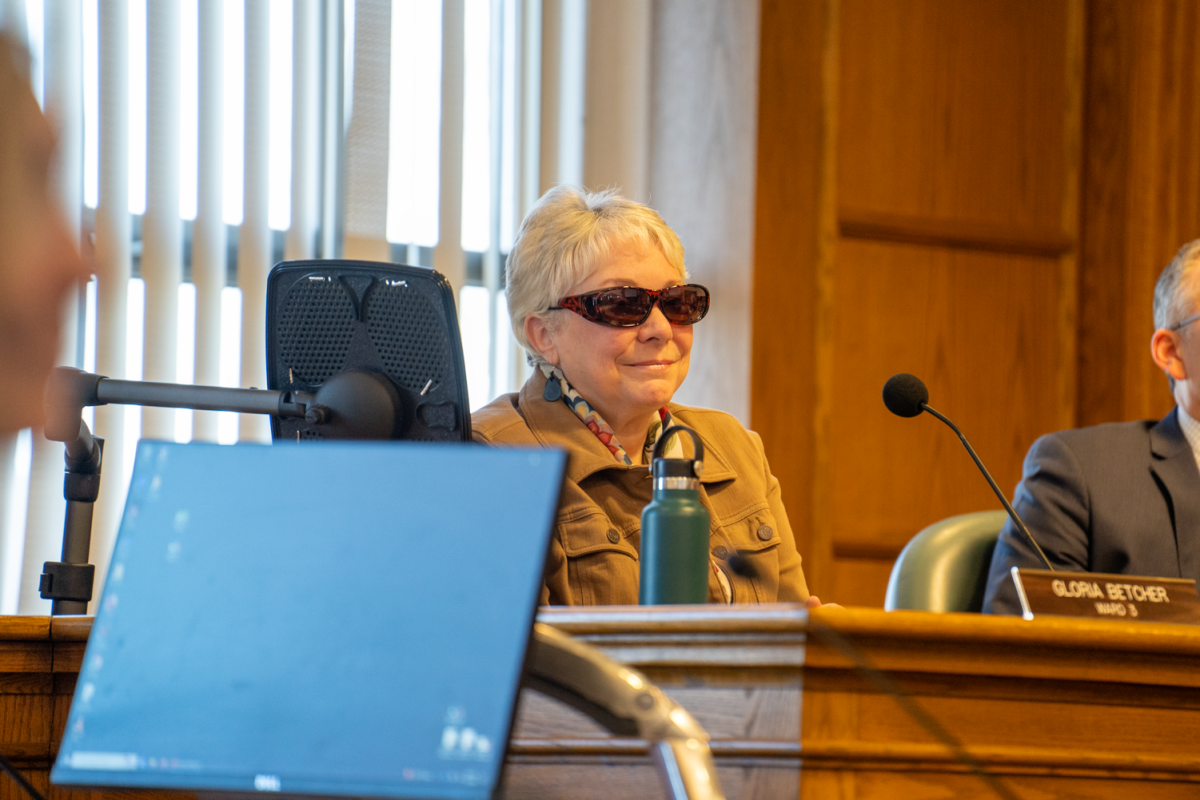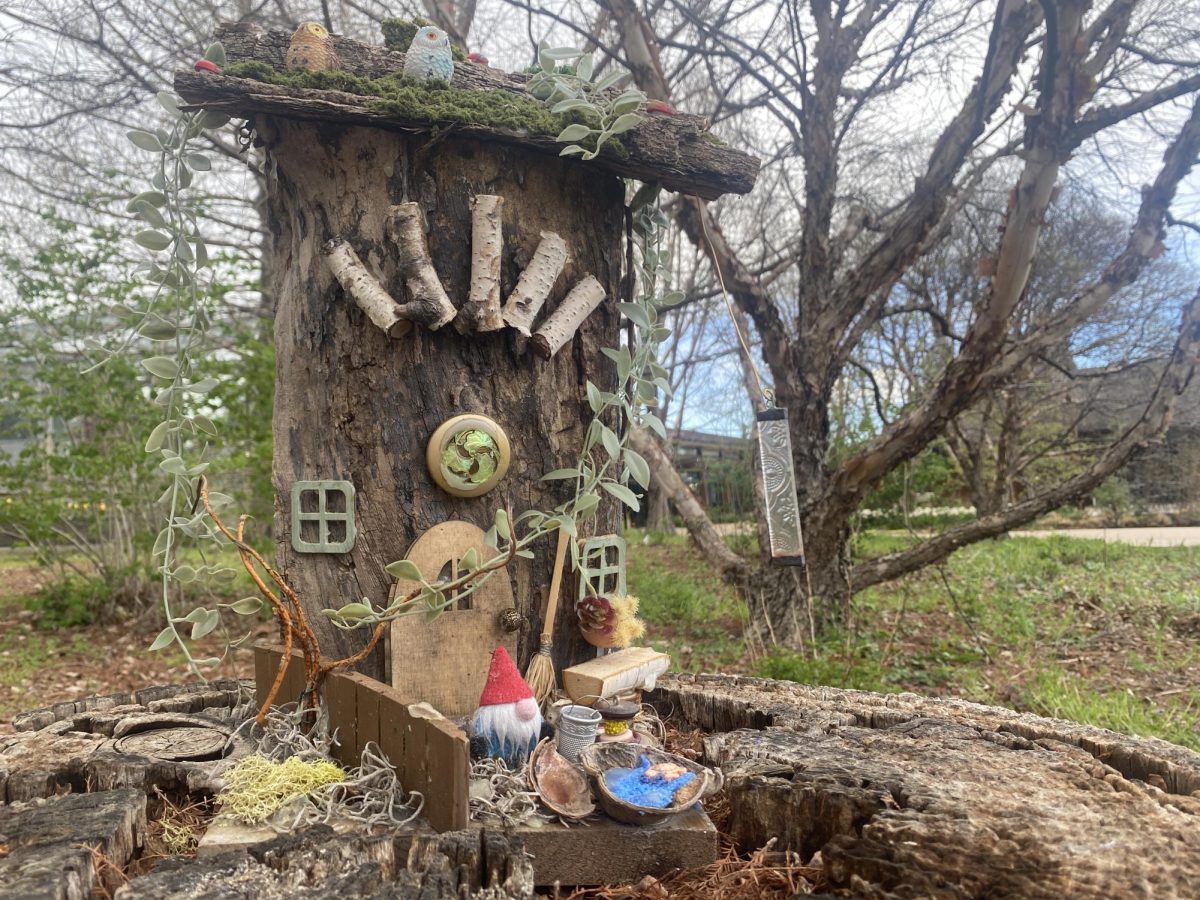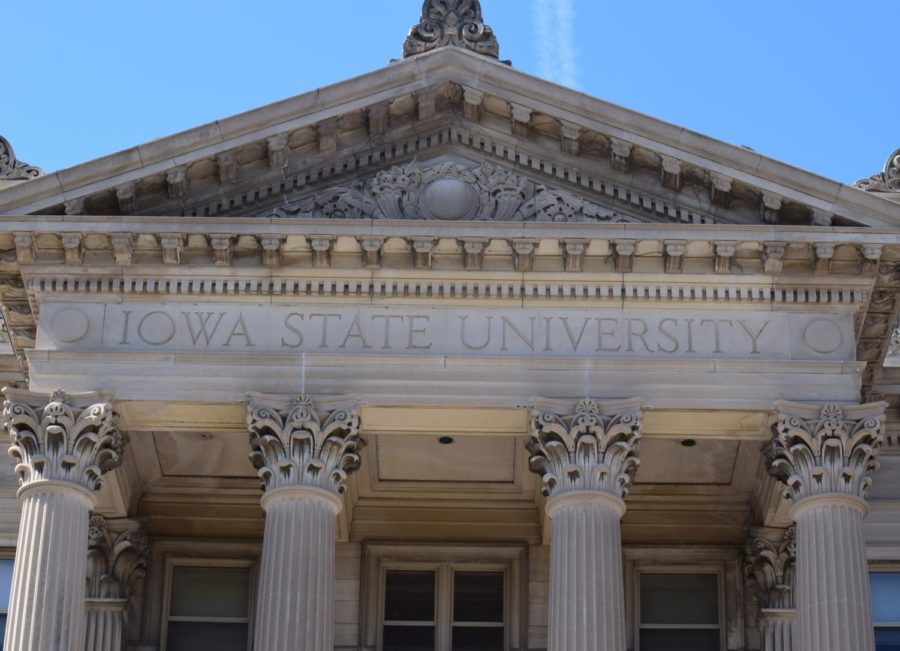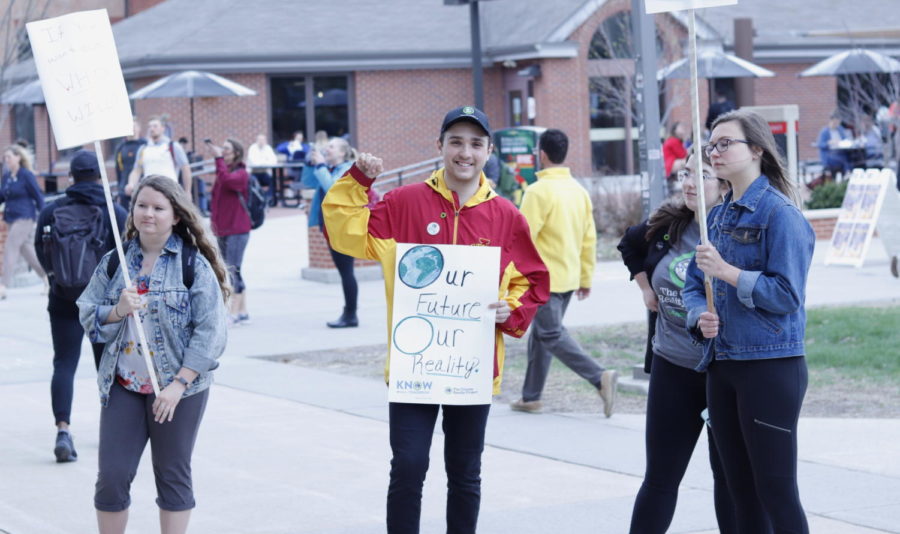Guest Column: Heterosexism, racism, revelation in the Church of Latter-day Saints
April 28, 2011
“Homosexual behavior violates the commandments of God, is contrary to the purposes of human sexuality, distorts loving relationships, and deprives people of the blessings that can be found in family life and in the saving ordinances of the gospel. Those who persist in such behavior or who influence others to do so are subject to Church discipline. Homosexual behavior can be forgiven through sincere repentance,” according to Church of Jesus Christ of Latter-day Saints Handbook of Instructions.
These words express God’s revelation to the leadership of the Church of Latter-day Saints (LDS), and were reaffirmed in 1995 when the First Presidency and the Quorum of the Twelve Apostles entered the debate on the parameters of marriage by issuing “The Family: A Proclamation to the World.” It stated in part, “We, the First Presidency and the Council of the Twelve Apostles of the Church of Jesus Christ of Latter-day Saints, solemnly proclaim that marriage between a man and a woman is ordained of God and that the family is central to the Creator’s plan for the eternal destiny of His Children” and claimed that the power to create children “is not an incidental part of the plan of happiness. It is the key — the very key … this commandment has never been rescinded.”
Leaders and members of the Church, therefore, justified contributing an estimated $20 million to the 2008 California Ballot 8 initiative campaign, which succeeded in limiting the rights and benefits of marriage to one man and one woman.
If the Church’s position on same-sex attractions, expression and marriage for same-sex couples was not clear enough, LDS President of the Quorum of Twelve Apostles, Boyd K. Packer, referred to homosexuality throughout a sharply worded sermon as “wrong,” or “basically wrong,” “wicked,” “impure,” “unnatural,” “immoral,” “against nature,” “evil” and as a threat to civilization. Packer’s sermon, delivered to the more than 20,000 participants in the LDS Conference Center in Salt Lake City, and millions more watching on satellite television at the Church’s 180th Semiannual General Conference in October 2010, stated in part:
“We teach a standard of moral conduct that will protect us from Satan’s many substitutes or counterfeits for marriage. We must understand that any persuasion to enter into any relationship that is not in harmony with the principles of the gospel must be wrong. From the Book of Mormon we learn that ‘wickedness never was happiness’ … there are those today who not only tolerate but advocate voting to change laws that would legalize immorality, as if a vote would somehow alter the designs of God’s laws and nature. A law against nature would be impossible to enforce … to legalize that which is basically wrong or evil will not prevent the pain and penalties that will follow as surely as night follows day … if we do not protect and foster the family, civilization and our liberties must perish.”
Under this backdrop and literally across the street and one block from the Mormon Temple in Salt Lake City, I was invited to present a keynote address to the delegates at the 81st Annual Convention of the Rocky Mountain Psychological Association on April 16.
I titled my address, “Homophobia: How We All Pay the Price,” based on the notion that homophobia — sometimes referred to as “heterosexism,” a prejudice and discrimination against lesbian, gay, bisexual, and transgender people — is pervasive throughout society and each of us, irrespective of sexual or gender identity and expression, is at risk of its harmful effects on many levels.
These levels include the personal by compromising the integrity of people in pressuring them to treat others badly, which are actions contrary to their basis humanity. It inhibits one’s ability to form close, intimate relationships with members of one’s own sex, generally restricts communication with a significant portion of the population and, more specifically, limits family relationships. In addition, it locks all people into rigid gender-based roles, which in turn inhibits creativity and self-expression, and stigmatizes, silences, and, on occasion, targets people who are perceived or defined by others as gay, lesbian, bisexual or transgender, but who are, in actuality, heterosexual.
A second level includes the institutional whereby homophobia combined with sexphobia — fear and revulsion of sex — results in the elimination of discussion of the lives and sexuality of LGBT people as part of school-based sex education, keeping vital information from all students. Such a lack of information can kill people in the age of AIDS. In addition, homophobia, along with racism, sexism, classism, and sexphobia, inhibits a unified and effective governmental and societal response to the AIDS pandemic. Also, it prevents social institutions from accepting the benefits and gifts offered by LGBT people: theoretical insights, social and spiritual visions and options, contributions to the arts and culture, to religion, to education, to family life; indeed, to all facets of society.
On the societal level, homophobia prevents some LGBT people from developing authentic self identities, and adds to the pressure to marry someone of the other sex, which in turn places undue stress and oftentimes trauma on themselves as well as their spouses and their children. Homophobia also inhibits appreciation of other types of diversity, making it unsafe for everyone because each person has unique traits not considered mainstream or dominant. Therefore, we are all diminished when any one of us is demeaned.
Following my keynote address, a number of the convention delegates came to the podium to talk about how much they had gained from my remarks. In particular, I was enormously touched by the words of three delegates who literally moved me to tears.
A woman approached me with moistened eyes and tears running down her cheeks. Unable initially to speak, she hugged me and sobbed on my shoulder. She ultimately expressed how much my words had moved her, and through her sobs, told me the story of how her stepson, a young gay man, had killed himself three years earlier, and how members of her religious community, the LDS congregation of her small rural community, had shunned and scorned her when the young man’s sexual identity had become known.
Words failed me as we continued to hold and comfort each other.
Looking on was another woman who joined us. “I have a nine-year-old son, whom I am quite certain is gay,” she told us, as tears also streamed from her eyes. “I am forced to make a decision,” she said with urgency in her voice. “I must leave my LDS church and save my son from a possibly tragic fate if I remain. My son is the most important thing in my life, and I refuse to lose him to the narrow views of the people around me.”
Catching her breath, she asked me if I could suggest resources she could access in her community. I informed her about Parents, Families, and Friends of Lesbians and Gays, a national network of groups offering assistance, support and resources to cut through the myths and the alienation that often surrounds issues of sexuality and gender expression.
While sad, she also now felt somewhat empowered in her decision to separate from what she considered as abuse and misunderstanding from her church community.
As I was on my way out of the large conference hall, I noticed a man, red eyed, who beckoned me. “I am a professor at Brigham Young University,” he explained. “Until your talk, I had never truly understood the hurt the LDS policy has on real people, but you personalized the issue for me.” With a tone of deep sincerity in his voice, he said, “I commit to you that I will bring this message to my campus when I go back to work on Monday.”
Yes, the LDS “revelation” on sexuality and gender expression has, indeed, hurt and damaged real people, but looking back historically, other LDS “revelations” have negatively affected real people while damaging the Church’s reputation.
Then LDS president, Brigham Young, instituted a policy on Feb. 13, 1849, emanating from “divine revelation” and continuing until as recently as 1978 forbidding ordination of black men of African descent from the ranks of LDS priesthood. In addition, this policy prohibited black men and women of African descent from participating in the temple Endowment and sealings, which the Church dictates are essential for the highest degree of salvation. The policy likewise restricted black people from attending or participating in temple marriages.
Young attributed this restriction to the sin of Cain, Adam and Eve’s eldest son, who killed his brother Abel: “What chance is there for the redemption of the Negro?,” stated Young in 1849 following declaration of his restrictive policy. “The Lord had cursed Cain’s seed with blackness and prohibited them the Priesthood.”
While making a speech to the Utah Territorial Legislature in 1852, Young further asserted: “Any man having one drop of the seed of [Cain] … in him cannot hold the Priesthood, and if no other Prophet ever spoke it before, I will say it now in the name of Jesus Christ I know it is true and others know it.”
In another instance, Young continued, “You see some classes of the human family that are black, uncouth, uncomely, disagreeable and low in their habits, wild, and seemingly deprived of nearly all the blessings of the intelligence that is generally bestowed upon mankind … Cain slew his brother. Cain might have been killed, and that would have put a termination to that line of human beings. That was not to be, and the Lord put a mark upon him, which is the flat nose and black skin … that they should be the ‘servant of servants’; and they will be, until that curse is removed … “
Joseph Fielding Smith, Tenth Prophet and President of the LDS Church wrote in 1935 that, “Not only was Cain called upon to suffer, but because of his wickedness, he became the father of an inferior race. A curse was placed upon him and that curse has been continued through his lineage and must do so while time endures,” and in 1963 he asserted, “Such a change [in our policy] can come about only through divine revelation, and no one can predict when a divine revelation will occur.”
It seems that the Twelfth LDS Church president, Spencer W. Kimball, who served from 1973 to his death in 1985, was touched with such a vision and, therefore, reversed the ban, referring to it as “the long-promised day.”
We can ask today whether “revelation” or mere pragmatism was the determining factor in permitting black people full membership rights in the Church at a time of ongoing and heightened civil rights activities in the United States and an increase in LDS missionary recruiting efforts throughout the African continent. We can also ask whether “revelation” or mere pragmatism was the motivating consideration for abandoning its promotion of polygamous marriages at a time when the United States Congress demanded this as a condition for the admission of Utah as a state within the United States.
How many more times will LDS members shun people and their families? How many more young people will injure and kill themselves, and how many more families will grieve the loss of loved ones before the LDS Church leadership receives its “divine revelation” to welcome and grant full membership rights, privileges and responsibilities to people of all sexual identities and gender identities and expression?
Time has long since passed to finally let the healing begin.
















